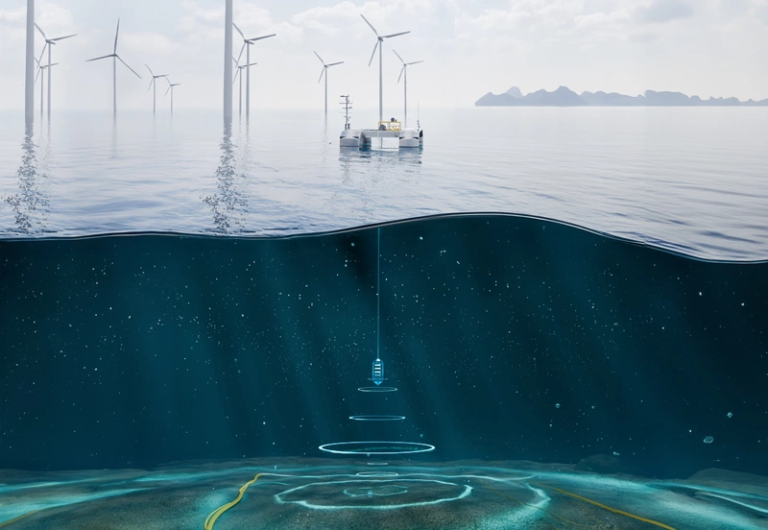Revolutionizing Offshore Wind Farm Environmental Monitoring with Project ORACLES
Robosys Automation is spearheading Project ORACLES, a groundbreaking initiative set to revolutionize the environmental consenting process for offshore wind farms. The current data collection process for environmental monitoring at proposed offshore wind sites is labor-intensive and fragmented, with different providers handling various aspects such as bird monitoring and sea conditions. Manual data collection and analysis further slow down the decision-making process.
Project ORACLES aims to address these challenges by harnessing advanced marine robotics, autonomous systems, and digital ocean technologies. This innovative approach is expected to play a crucial role in helping the industry achieve the UK’s target of 60GW of offshore wind capacity by 2030.
The Consortium and Funding
The consortium behind Project ORACLES comprises ACUAOcean, MSEIS, Plymouth Marine Laboratories, and the Offshore Renewable Energy Catapult. Funding for the project was secured through the UK Research and Innovation Innovate UK Launchpad program, aligning with the UK Government’s Levelling Up plan.
Technological Advancements
During the 14-month research phase, Project ORACLES will advance the use of clean maritime solutions, notably through ACUA’s Unmanned Survey Vessel (USV) equipped with environmental sensors for real-time data collection on marine life, water quality, and environmental changes. The project will also develop a dynamic positioning system, a BVLOS winch profiling system for water column data collection, and integrate multiple sensors for enhanced data output.
Robosys Automation will introduce a new capability to operate multiple USVs from a single remote operations center, further enhancing efficiency and coordination in data collection efforts.
Environmental Impact and Benefits
Project ORACLES’ technological innovations will enable more efficient launch and recovery of environmental sensor payloads, support USVs operating in challenging sea conditions, and reduce overall capital, environmental, and operational costs. By minimizing the need for multiple crewed survey missions, the project will significantly decrease CO2 emissions and environmental disturbances compared to traditional crewed vessels.
In conclusion, Project ORACLES represents a significant step forward in the field of offshore wind farm environmental monitoring. By leveraging cutting-edge technologies and collaborative efforts, this initiative is poised to drive positive change in the industry and contribute to a more sustainable future for offshore wind energy.

